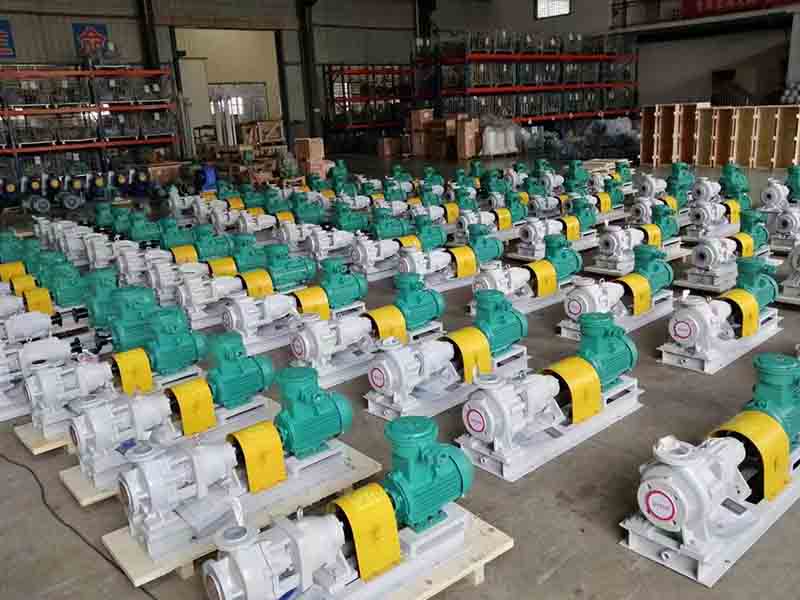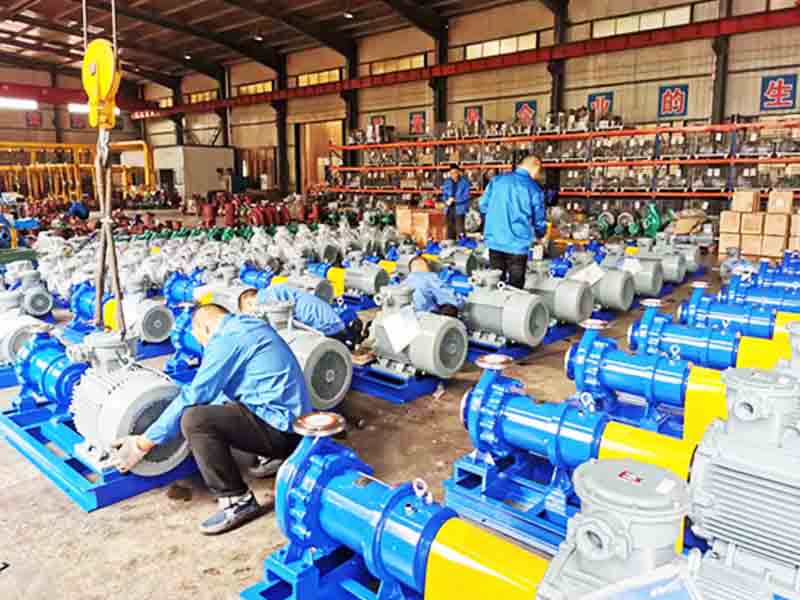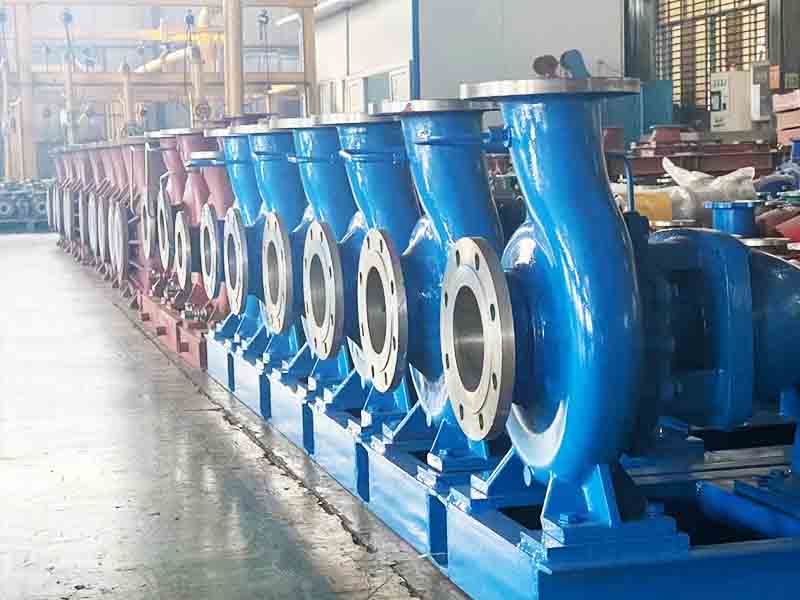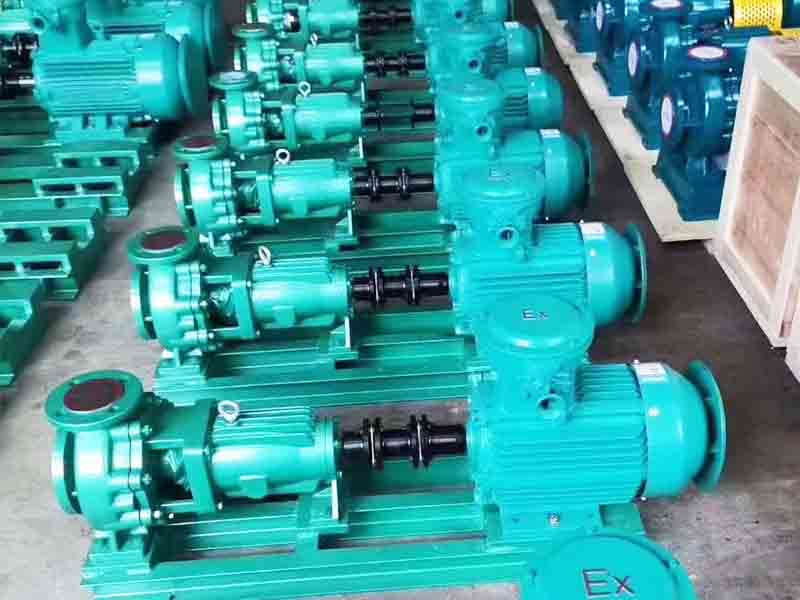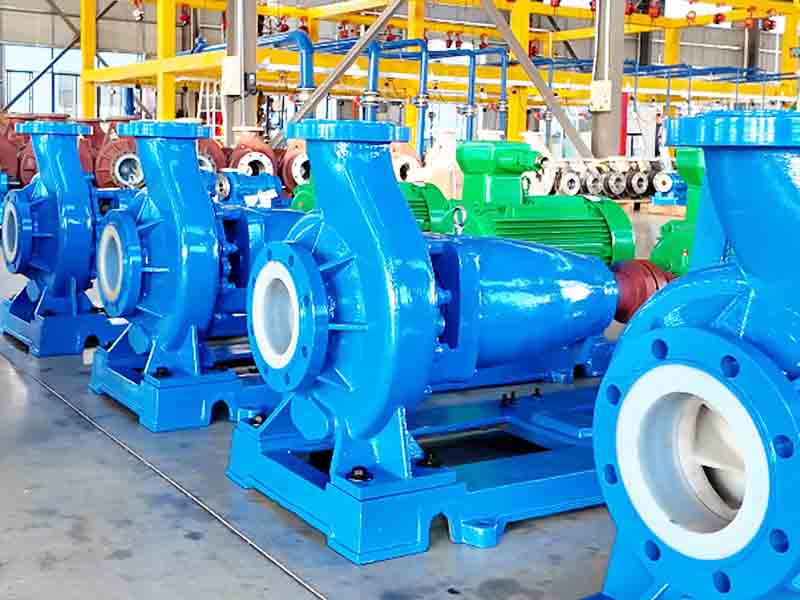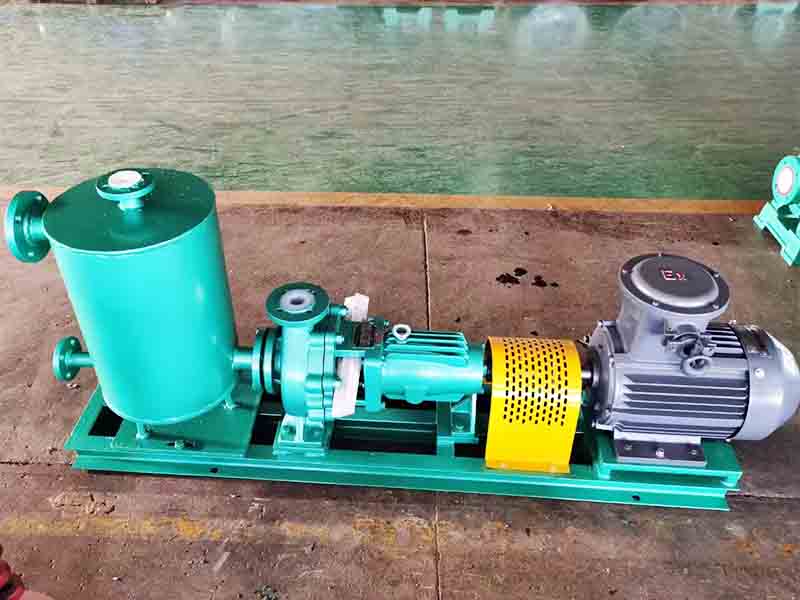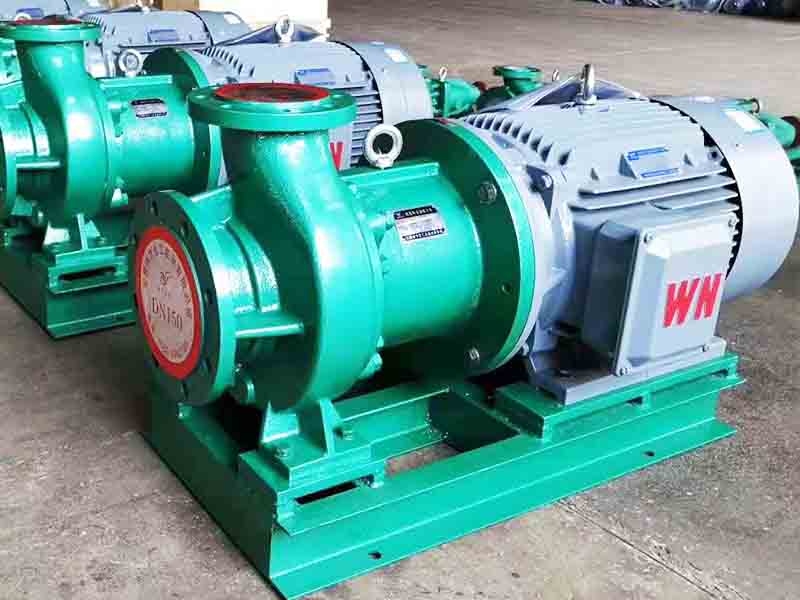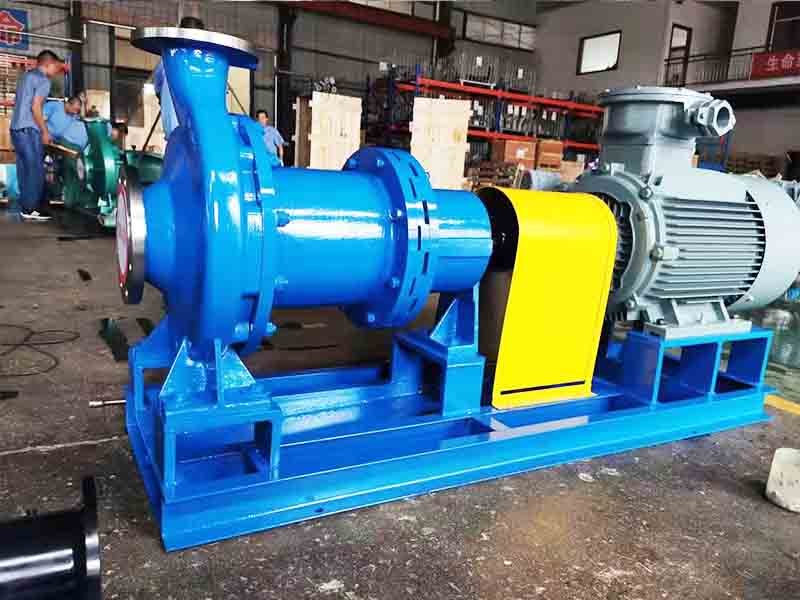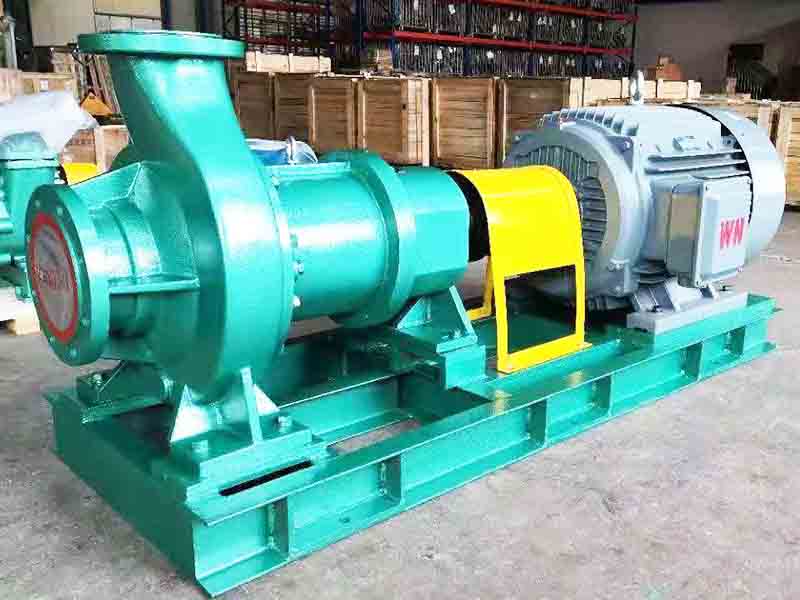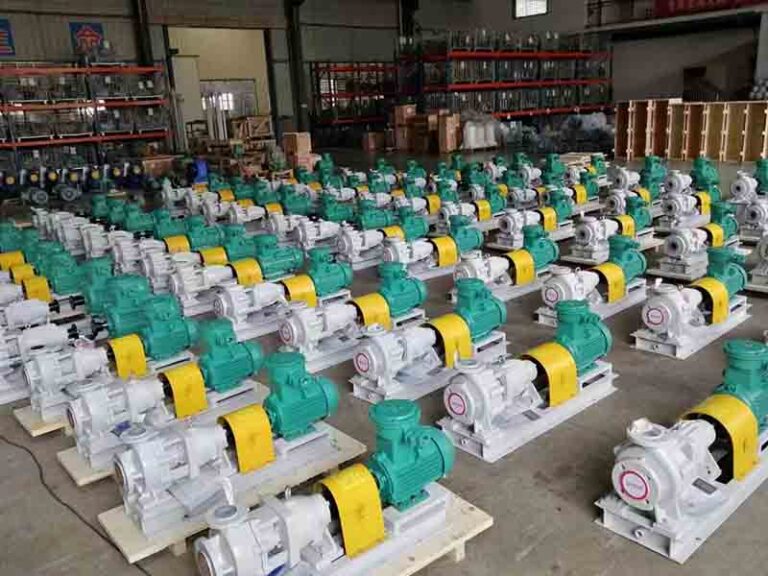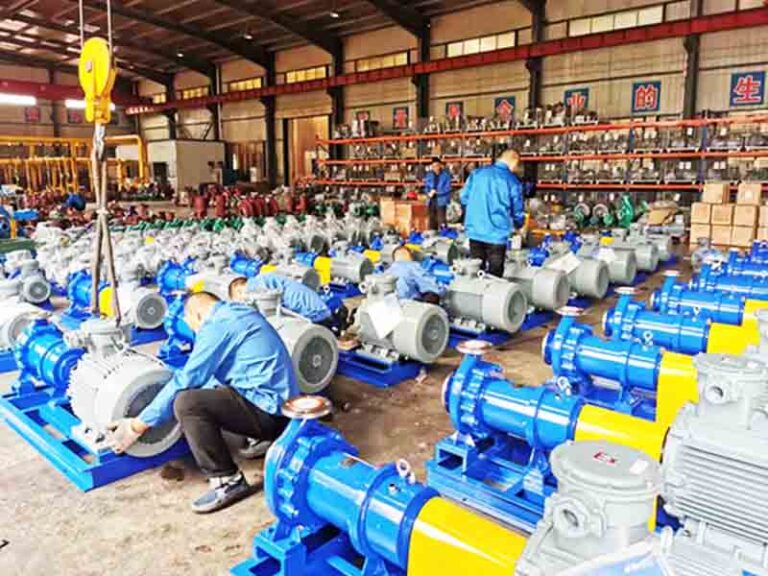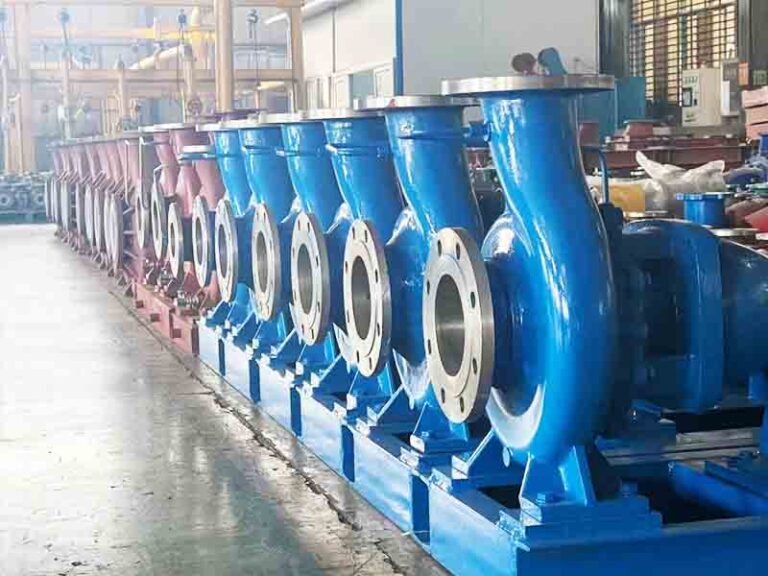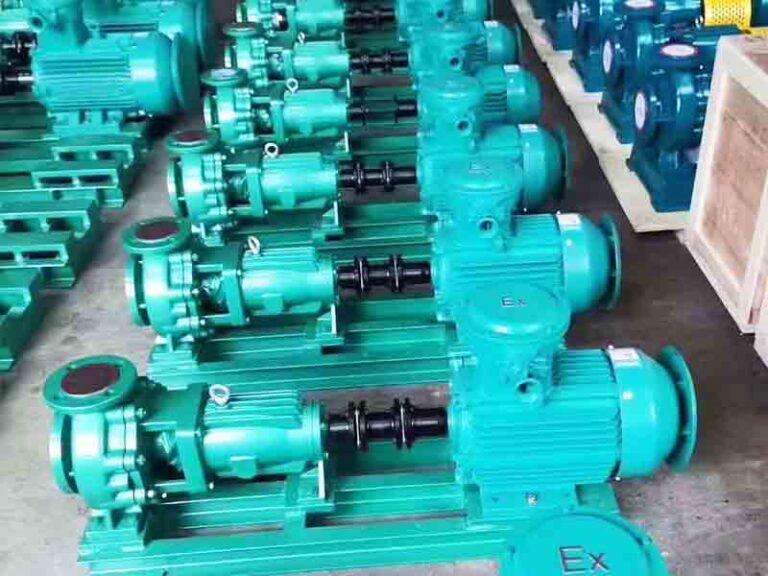In industrial production, municipal construction and many other fields, pump equipment is like “blood vessels”, undertaking the important task of transporting fluids. Among them, self-priming pumps stand out in all kinds of complex working conditions by virtue of their unique advantages. Imagine, after heavy rainfall city flooding, self-priming pumps without cumbersome manual operation can quickly start pumping, quickly remove the water, its efficiency and convenience is remarkable. Next, we will learn more about this amazing equipment.
Definition of self-priming pump
Self-priming pump is a device that can automatically complete the pump body filling start without external assistance. In many application scenarios, manually filling the pump body to start is both time-consuming and labor-intensive, self-priming pumps are the perfect solution to this problem. With its high efficiency and reliability, it is widely used in many industries.
From the point of view of the working principle, centrifugal pumps capable of conveying gas-containing liquid mixtures and having the ability to discharge air from the suction line are categorized as self-priming pumps. In addition, due to the positive displacement design, screw pumps, gear pumps, peristaltic pumps and many other types of pumps, are also regarded as self-priming pumps, which can be adapted to different properties of the fluid from viscous oils, food materials, to corrosive chemicals and other fluids.
Principle of operation of self-priming pumps
Initial filling
When a self-priming pump is first started, the pump casing and impeller are pre-filled with a certain amount of liquid. This liquid can come from a variety of sources, either from the built-in reservoir, from an external water supply, or through the efficient centrifugal pump’s own circulation system to realize the filling. The presence of the initial liquid is the key to the automatic start-up of a self-priming pump.
Air Discharge
As the impeller rotates at high speed, the powerful centrifugal force throws the liquid inside the pump towards the edge of the self-priming positive displacement pump casing and simultaneously discharges the air inside the pump casing through the discharge valve or exhaust port. This process is like dehydrating a washing machine, utilizing centrifugal force to separate the air from the pump body.
Vacuum Formation
As air continues to be removed, a vacuum gradually develops inside the self-priming centrifugal pump. As we all know, there is a pressure difference in nature, under which external liquids are “sucked” into the suction line of the pump body.
Liquid Suction and Discharge
The liquid in the suction line, driven by the pressure difference, enters the pump casing and mixes with the original liquid in the mag-drive pump. Subsequently, under the action of the impeller, the mixed liquid is pressurized and discharged from the self-priming pump outlet, completing a complete liquid transfer process.
Role of key components
Check valves or baffle valves play an important role in the operation of self-priming pumps. They can effectively prevent the liquid from flowing backward, ensure that the pump always maintains a good “self-priming” state during operation, and maintain the stable operation of the pump.
Continuous operation
Once the self-priming pump has completed its initial start-up, it can automatically discharge the air even if a small amount of air enters the system during subsequent operation, and continue to maintain an efficient and stable working condition.
Comparison between self-priming pumps and conventional centrifugal pumps
Conventional centrifugal pumps often require manual intervention to expel air when it enters the system before restarting. Self-priming pumps, on the other hand, are equipped with a unique built-in mechanism that autonomously discharges air from the pump casing and suction line, realizing a dry start and automatically reaching a fully charged state.
Self-priming pumps are designed with an internal liquid storage chamber, which retains a certain amount of liquid at the end of the first run. When the pumps with self-priming is started up again, this retained liquid helps to create a vacuum in the pump body, drawing in more liquid and discharging air. This feature gives self-priming pumps an unrivaled advantage in scenarios where air is easily sucked in, such as sewage pit disposal and construction site drainage.
Advantages of self-priming pumps
Ease of operation
Self-priming pumps can automatically discharge the air in the pump body and suction line to realize quick startup, which greatly simplifies the operation process and shortens the startup time of the equipment, so that even ordinary operators can easily get started.
Wide range of applications
Self-priming pumps can handle a variety of complex fluids, whether it is a mixture of gas and water, or slurry containing a small number of solid particles, it can cope with. This characteristic makes it widely used in many fields such as water supply and drainage, mining, construction and so on.
Reduced downtime
When using suction-lift installation, the self-priming pump can automatically refill with water after the first filling, which effectively reduces the downtime caused by air entering the system, ensures the continuous operation of the equipment, and improves the working efficiency.
Durable and reliable
Self-priming pumps are designed to cope with complex, harsh working environments, and can withstand extreme conditions such as cavitation and dry running, and have a longer service life and higher reliability than other types of pumps.
Cost-effective
Self-priming pumps do not require additional auxiliary equipment such as bottom valves and vacuum pumps, which reduces equipment procurement costs. At the same time, its simple structure also makes maintenance more convenient, further saving maintenance costs.
Strong safety
The automatic filling function of the self-priming pump reduces manual operation, reduces the safety risks faced by the operator when cleaning the air in the pump body and pipeline, and improves operational safety.
Application Scenarios of Self-priming Pumps
Explosion-proof fluid transportation
In situations involving the transfer of flammable fluids, such as the transfer of highly concentrated methanol in distilleries, it is safer to use surface-mounted self-priming explosion-proof pumps than to submerge explosion-proof submersible pumps in the liquid. Because the motor and cable glands do not come into direct contact with the flammable liquid, the risk of fire and explosion is reduced.
Pit Drainage
Self-priming pumps are ideally suited for pit dewatering operations, where water can be quickly drained from pits without the need for personnel to enter small, dangerous confined spaces, ensuring operational safety and efficiency.
Solid Particle Transportation
Some specially designed self-priming pumps have the ability to handle solid particles. In quarry car washing systems, self-priming pumps can easily transport sewage containing solid particles such as sand and gravel to ensure the normal operation of the system.
Sewage Treatment and Drainage
In sewage treatment and drainage projects, self-priming centrifugal pumps can be installed in a fixed position to drain different areas by laying pipes. There is no need to move the pump body for each drainage, saving a lot of time, labor and resources.
Tank unloading
Self-priming magnetic pumps can ensure that the liquids in oil tanks and storage tanks are thoroughly pumped out, improve the efficiency of liquid transfer, and at the same time, avoid the phenomenon of air blockage in the suction pipeline, so as to ensure that the unloading process is carried out smoothly.
Variable water intake conditions
When transferring liquids from tidal rivers or oceans to land, self-priming pumps are able to adapt to changes in water level and fluctuations in water intake conditions, effectively avoiding problems caused by changes in the height of the liquid intake.
Factors affecting the selection of self-priming pumps
Fluid compatibility
The nature of the transported fluid is a key factor in the selection of self-priming pumps in agriculture. For corrosive fluids, such as acid and alkali solutions, diaphragm pumps should be selected, which can resist chemical corrosion; and when dealing with fluids containing solid particles, sewage pumps are a better choice, and their structural design can prevent clogging.
Applications and Industries
The needs of pumps vary from industry to industry. Agricultural irrigation requires high-flow self-priming pumps to meet the water needs of large areas of farmland; the pharmaceutical industry pays more attention to the precision and hygiene standards of pumps to ensure that the drug production process is not contaminated.
Flow and pressure
Defining the required flow rate and pressure is crucial. Piston pumps are suitable for high-pressure transfer scenarios, such as high-pressure washing, while centrifugal pumps excel in situations where the flow rate is highly variable, such as urban water supply systems.
Maintenance and care
Different types of self-priming pumps have different maintenance requirements. When choosing one, you need to consider factors such as ease of maintenance, specialized skills required, and maintenance intervals. Pumps that are easy to maintain can reduce maintenance costs and extend equipment life.
Best Practices for Installation and Maintenance of Self-priming Pumps
Pre-Installation Preparation
Before installing a self-priming pump, the installation site must be thoroughly inspected and evaluated. Select a suitable installation location to ensure that the pump body can efficiently transport liquids. At the same time, build a solid foundation for the pump body to reduce vibration during operation.
Installation Guidelines
Correct installation is the basis for proper operation of self-priming pumps. Ensure that the pump body is precisely aligned with the drive unit to avoid mechanical failure due to installation deviations. Before starting, fill the pump casing with water and expel air as required to ensure smooth starting of the pump body.
Daily maintenance specification
Regular maintenance is the key to ensure the long-term stable operation of the self-priming pump. Check seals, gaskets and liquid level in accordance with the specified cycle, and find and deal with leaks and other problems in time. Lubricate the moving parts and replace the worn parts in time to ensure that the pump body is always in the best working condition.
Summarize
Self-priming pumps have become indispensable equipment for many industries with many advantages such as automatic water filling, easy operation and wide application. From the working principle to the actual application, from the selection points to the installation and maintenance, each link reflects the professionalism and practicality of the self-priming pump.
In the future industrial production and infrastructure construction, self-priming pumps will continue to play an important role. If you have related needs, you may want to know more about self-priming pumps, choose the right product and let it bring convenience to your work and life.


